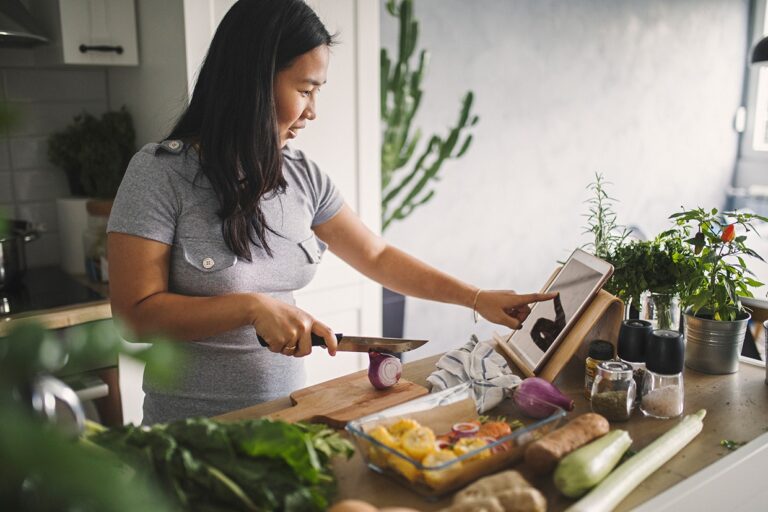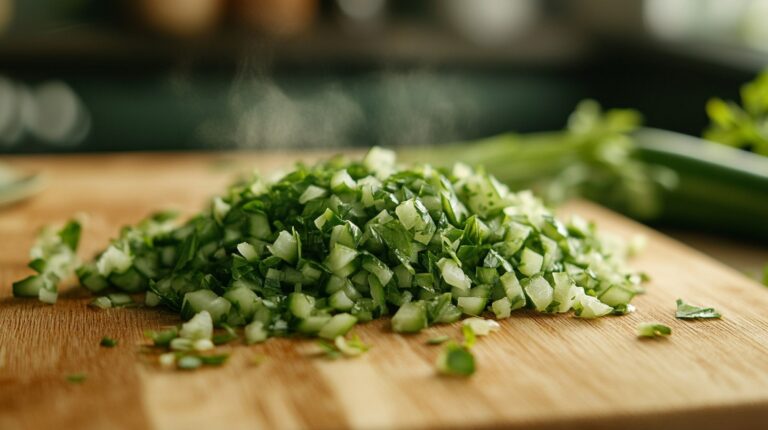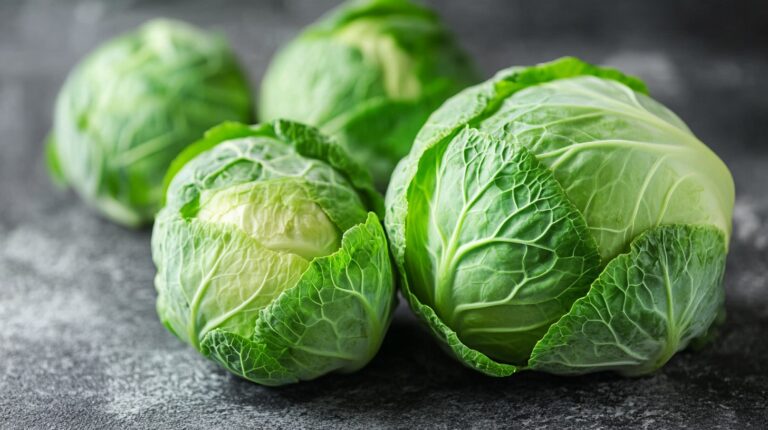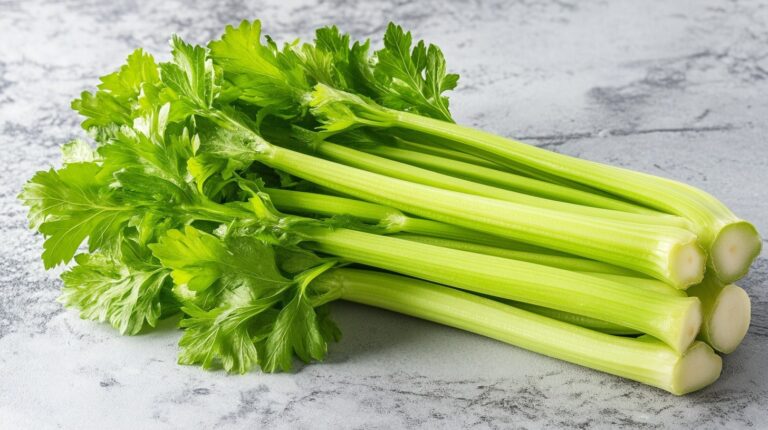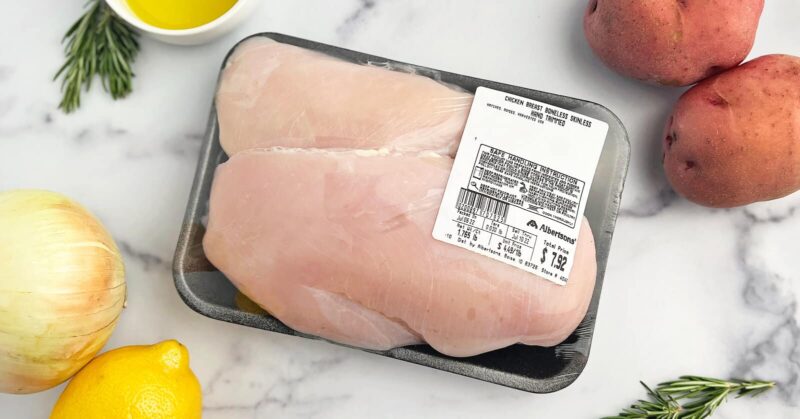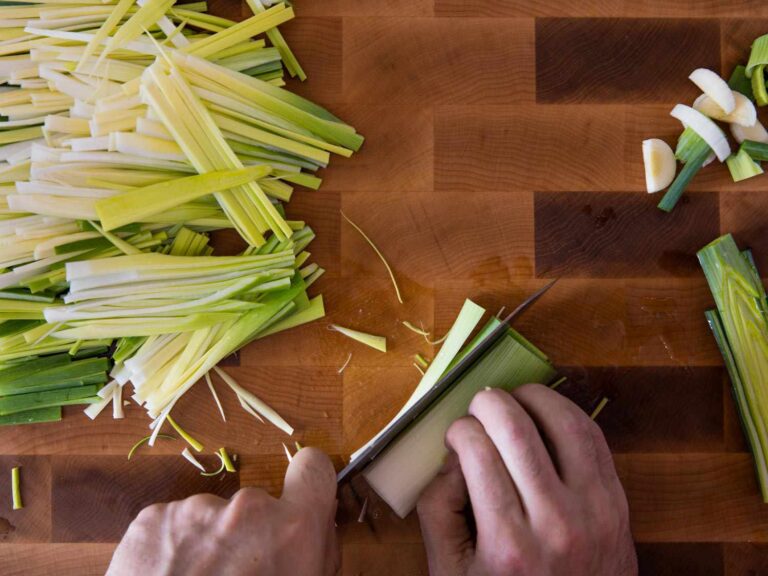When it comes to food safety, chicken often gets people worried. If you don’t handle it right, it can easily get contaminated with bacteria. Since this meat is a staple in many homes and pops up in countless recipes, from cozy family dinners to quick weeknight meals, knowing how to keep it safe is super important.
But here’s the big question: how long can you eat it after the sell-by date?
The answer is 1–2 days
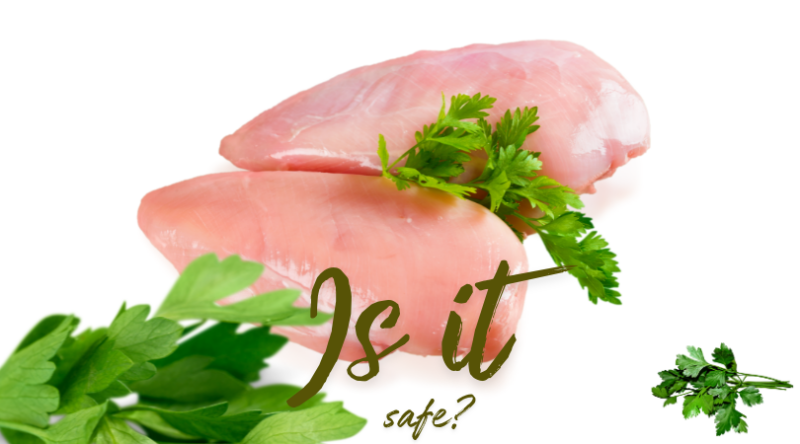
For fresh chicken, the USDA recommends consuming it within 1–2 days after the sell-by date if kept in the refrigerator. This short shelf life is due to the high moisture content in chicken, which can harbor bacteria.
To maximize safety, store fresh meat in its original packaging or wrap it tightly to prevent exposure to air and contaminants.
Cooked chicken
Cooked chicken has a slightly longer shelf life. If stored properly in an airtight container in the refrigerator, it can last 3–4 days after cooking. Proper storage helps maintain its quality and prevents the growth of harmful bacteria. Always reheat cooked chicken to at least 165 °F (ca. 74 °C) before eating to ensure any potential bacteria are killed.
Frozen meat
Freezing extends the shelf life significantly. Fresh meat can be frozen for up to 9 months, and cooked chicken can be frozen for up to 4 months. Freezing halts the growth of bacteria, keeping the meat safe for longer periods.
Ensure the chicken is wrapped tightly to prevent freezer burn, which can affect the texture and flavor.
Difference between sell-by, use-by, and expiration dates
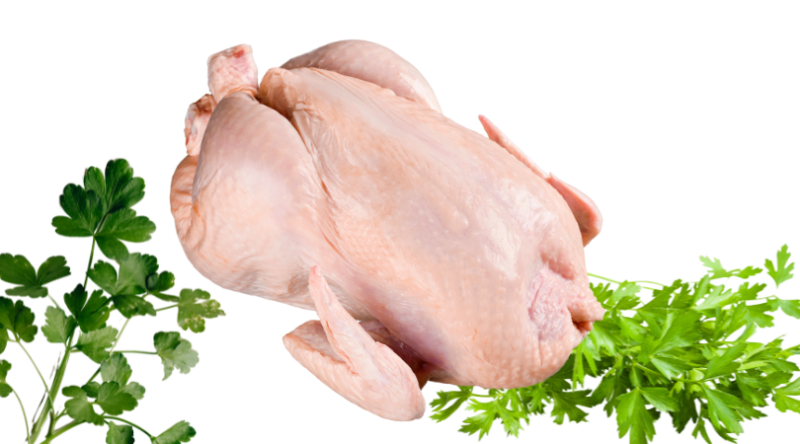
A sell-by date is a guideline for retailers, indicating the last day the product should be sold. It’s not a safety date, but rather a recommendation for peak freshness. The sell-by date helps ensure that consumers get a fresh product, maximizing the time it remains at its best quality after purchase.
However, it doesn’t mean the food is unsafe to eat immediately after that date, and understanding this can prevent unnecessary waste.
- Sell-by date: This is for the store, telling them how long to display the product. It’s meant to ensure customers buy products at their freshest.
- Use-by date: This is the last date recommended for the use of the product while at peak quality. It’s a guideline for consumers to enjoy the product at its best.
- Expiration date: This is the last date the product is expected to be safe to consume. After this date, the product may not be safe to eat and should be discarded.
Signs your chicken has gone bad
Check for any changes in color. Fresh chicken should be pink, while spoiled meat often turns gray or greenish. Also, look for any unusual textures, such as a slimy surface.
Smell test
Spoiled chicken has a very distinct, unpleasant odor. If your meat smells sour, rotten, or off in any way, it’s best to discard it.
Texture check
Fresh chicken is firm to the touch. If the meat feels slimy or sticky, it’s a sign of bacterial growth, indicating spoilage. Texture changes are a clear indication that the meat is no longer safe to consume, so always trust your senses when inspecting it.
How to store it properly
Keep chicken in the coldest part of your refrigerator. Store it in an airtight container or wrap it tightly in plastic wrap to prevent contamination and moisture loss.
Freezing
For longer storage, freeze chicken. Wrap it tightly in freezer-safe bags or plastic wrap, and ensure there’s minimal air inside the packaging. Label the package with the date to keep track of its storage time.
Thawing
Thaw chicken safely by moving it from the freezer to the refrigerator, allowing it to defrost slowly. This method keeps it at a safe temperature, reducing the risk of bacterial growth. Avoid thawing the meat on the counter, as it can enter the danger zone where bacteria thrive.
Easy tips to keep in mind
Always wash your hands, utensils, and surfaces thoroughly before and after handling raw chicken to prevent cross-contamination. Use separate cutting boards for raw meat and other foods to avoid spreading bacteria. Keeping your kitchen clean is essential for maintaining food safety.
Cooking temperatures
Cook chicken to an internal temperature of 165°F (74°C) to kill any harmful bacteria. Use a meat thermometer to check the temperature at the thickest part of the meat.
Avoid the danger zone
Bacteria thrive between 40°F (4°C) and 140°F (60°C). Keep chicken out of this temperature range as much as possible. Refrigerate or freeze the meat promptly after purchasing or cooking. Avoid leaving the meat out at room temperature for extended periods to minimize the risk of bacterial growth.
Watch out for these myths
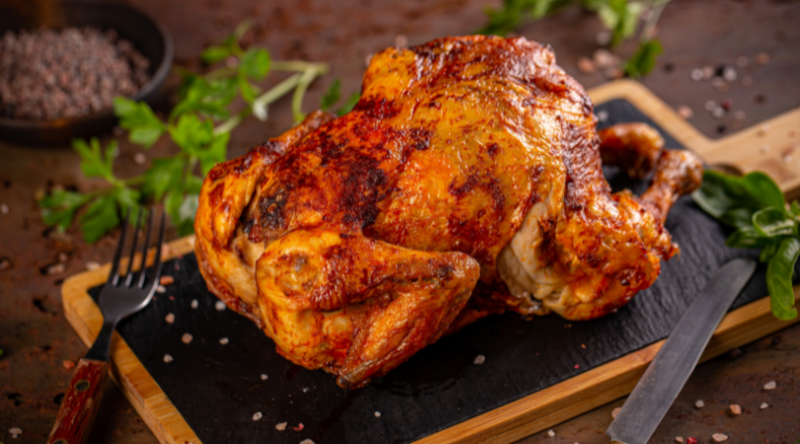
Rinsing chicken makes it safer
Rinsing chicken can actually spread bacteria to other surfaces in your kitchen. Cooking it to the proper temperature is the only way to ensure it’s safe. Trust your cooking techniques rather than rinsing to ensure food safety.
The smell alone can determine the safety
While smell is a strong indicator, some bacteria can grow without producing a noticeable odor. Always check for other signs of spoilage and handle chicken safely. Combining multiple checks is the best approach to ensure your meat is safe to eat.
Freezing kills all bacteria
Freezing stops the growth of bacteria but doesn’t kill them. Once the chicken is thawed, the bacteria can become active again. Always cook the meat thoroughly after thawing. This step ensures any dormant bacteria are killed before consumption.
Final thoughts
Food safety is super important, especially with chicken. Handling, storing, and cooking the meat the right way can really up your game in the kitchen. Trust your gut—if something feels off, it’s better to play it safe. When you’re unsure about your chicken, it’s best to toss it out. Better safe than sorry!


